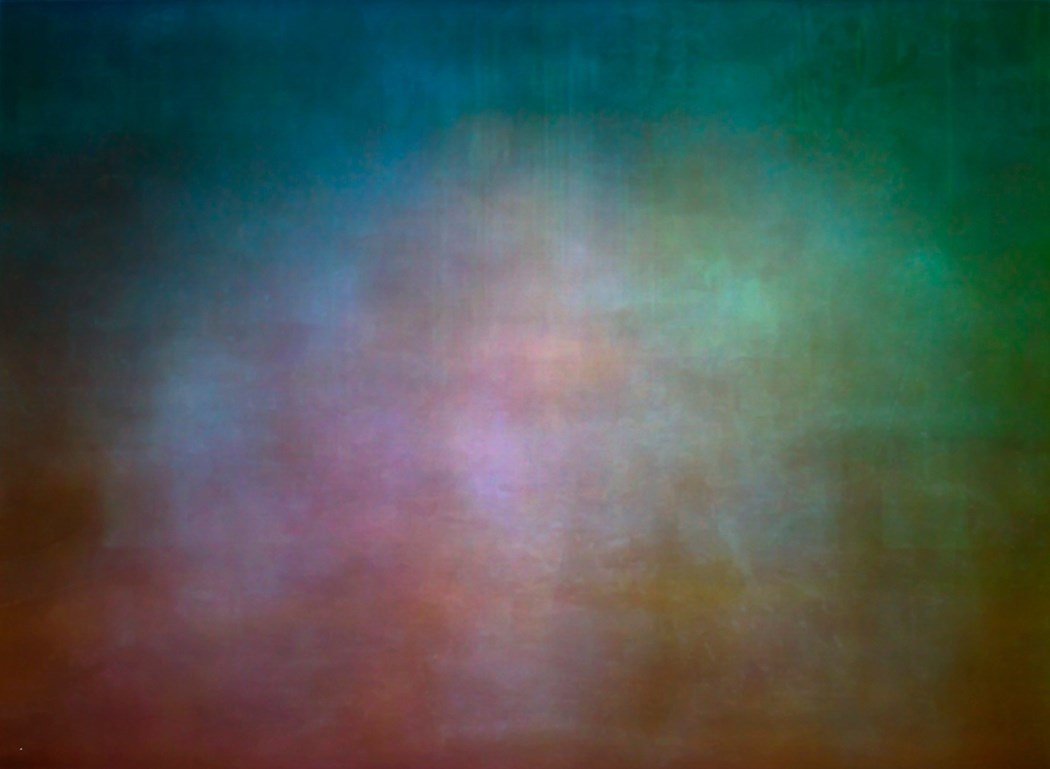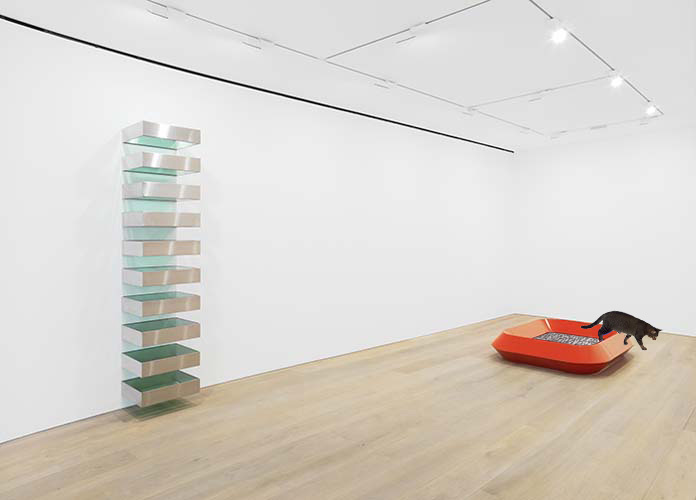This Picture Is a Movie,Watch Mom's Guide to Sex 12 Online and Other News
On the Shelf

Jason Shulman’s single-exposure picture of The Wizard of Oz. Image courtesy Cob Galley, via AnOther.
- My father always said, Son, if you’re gonna play golf, you should only do it under the influence of a psychoactive Schedule I substance. I rebelled against him, so I’ve yet to try it—but of course someone has, and of course that someone is Hunter S. Thompson, who teed up with George Plimpton and Terry McDonell. Terry writes: “My plan was to get Hunter to write a piece for the premiere issue of Smart. George was there to interview him for what he planned to be the first interview for the Art of Journalism series for The Paris Review. Hunter said first we had to play golf … Hunter had a twelve-gauge shotgun in his golf bag and we had Heinekens in a cooler on the cart—also a fifth of Chivas, a fifth of Jose Cuervo, limes, a fifth of Dewar’s (for George), and an extra cooler of ice. ‘Here,’ Hunter said, holding out three white tabs of blotter paper with an unfamiliar red symbol on them. ‘Eat these.’ He put one on his tongue and stuck it out at us. I took my tab and did the same back at him. When George said he wanted to concentrate on his golf, Hunter licked the third tab. ‘Ho ho … last of the batch!’ ”
- Today in things that may or may not be professional wrestling: everything is professional wrestling. “With each passing year, more and more facets of popular culture become something like wrestling: a stage-managed ‘reality’ in which scripted stories bleed freely into real events, with the blurry line between truth and untruth seeming to heighten, not lessen, the audience’s addiction to the melodrama. The modern media landscape is littered with ‘reality’ shows that audiences happily accept aren’t actually real; that, in essence, is wrestling … When we feel ourselves becoming too consumed with mastering the language of whatever unreality is currently holding our gaze, it might not hurt to consider the overarching forces subtly directing our attention and prepare ourselves to step back if we’re not comfortable with benefiting less than they do.”
- You don’t even have to drop acid to enjoy walking on Carl Andre’s art. It’s a quiet pleasure even if you’re sober: “By positioning his artwork on the floor, Carl Andre put art in our path, and he put us in the art … His sculptures, like 144 Pieces of Zinc, are meant to be walked on. In a way, this act demeans the work. You cannot walk across a Carl Andre grid without feeling that you’re stepping on it, both literally and figuratively. Many people refuse to tread on it out of a general reverence and respect for art … I walk across it because I like how it generates a little current of guilt. No matter how many times my heels click on its gray metal surface, it feels disconcerting. Andre makes us question our museum behavior. He entreats us to look down and feel a sense of contact with the floor and materiality of the piece; he also gives us a small surround or enclosure in which to stand and take in the rest of the room. When we stand on an Andre piece, the art defines the self.”
- Colin Stokes looks back at the work of Arnold Lobel, whose children’s books offered a subtle celebration of same-sex love: “Lobel, who wrote and illustrated the Frog and Toad series, was born in 1933 and raised in Schenectady, New York … In 1974, four years after the first book in the series was published, Lobel came out to his family as gay. ‘I think Frog and Toadreally was the beginning of him coming out,’ [his daughter] Adrianne told me … When reading children’s books as children, we get to experience an author’s fictional world removed from the very real one he or she inhabits. But knowing the strains of sadness in Lobel’s life story gives his simple and elegant stories new poignancies. On the final page of ‘Alone,’ Frog and Toad, having cleared up their misunderstanding, sit contently on the island looking into the distance, each with his arm around the other. Beneath the drawing, Lobel writes, ‘They were two close friends, sitting alone together.’ ”
- Jason Shulman takes long-, long-, long-exposure images of movies: he captures entire feature-length films in single photographs. “The images vary so wildly, that’s the remarkable thing about it,” he says: “and they’re also quite didactic. You can learn something about the director’s style from this kind of kooky translation: you can learn that Hitchcock deals with people, for example, Kubrick deals with composition, Bergman deals with … I mean lots of Bergman films are kind of moody and psychological, much more so than other films. So it’s odd that in one exposure all of these things, although very subjective, kind of come through.”





